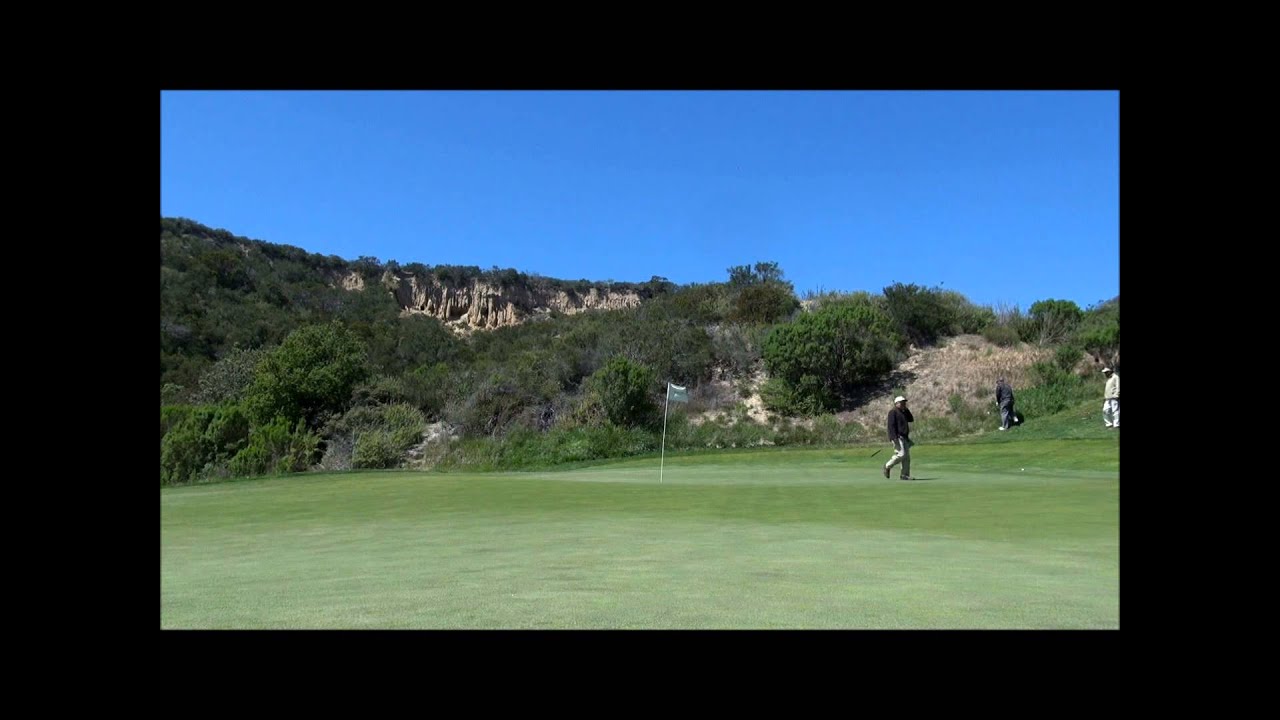Golf Rule 28 – Ball Unplayable
—o0o—
Rules of Golf
Rule 28, Ball Unplayable
Rule 28 is one of the shortest Rules in the book but is one that every golfer should take the time to study and fully understand, as sooner or later you will find your ball in an unplayable lie.
Because it is so short I am going to copy it here, in full, highlighting some salient points;
The player may deem his ball unplayable at any place on the course, except when the ball is in a water hazard. The player is the sole judge as to whether his ball is unplayable.
If the player deems his ball to be unplayable, he must, under penalty of one stroke: *******
a. Play a ball as nearly as possible at the spot from which the original ball was last played (see Rule 20-5); or
b. Drop a ball behind the point where the ball lay, keeping that point directly between the hole and the spot on which the ball is dropped, with no limit to how far behind that point the ball may be dropped; or
c. Drop a ball within two club-lengths of the spot where the ball lay, but not nearer the hole. *******
If the unplayable ball is in a bunker, the player may proceed under Clause a, b or c. If he elects to proceed under Clause b or c, a ball must be dropped in the bunker.
When proceeding under this Rule, the player may lift and clean his ball or substitute a ball.
Penalty for Breach of Rule:
Match play – Loss of hole; Stroke play – Two strokes.
—o0o—
What are the Standards for Declaring a Ball Unplayable?
Must the Golf Ball Be Literally Unplayable?
Here’s a question we get from time to time:
“Following my first putt on the green, my ball rolled into a green-side bunker. Can I declare my ball ‘unplayable,’ and go back to the last spot where I last hit it to re-play the shot?”
The short answer: Yes.
It’s counter-intuitive, because declaring a ball unplayable when, in fact, the ball is eminently playable seems counter to the basic golf principle of “play it as it lies.”
In the scenario described above, the golfer would remove the ball from the bunker, assess himself a 1-stroke penalty, place the ball at the spot of the original putt and try again. You never, ever see pros doing something like this because pros are unwilling to take the penalty. A golfer who is terrified of sand (pros consider sand shots among the easier shots in golf) might, however, think that 1-stroke penalty is worth it to get out of the sand.
Fact is, a golfer can declare any ball unplayable, at any time, for any reason, and anywhere on the course other than in a water hazard. The penalty is one stroke with three options for how to proceed.
In the rulebook, it’s Rule 28, Ball Unplayable, and it’s as straightforward as can be: “The player may declare his ball unplayable at any place on the course except when the ball is in a water hazard. The player is the sole judge as to whether his ball is unplayable.”
After taking a 1-stroke penalty, the three options for proceeding are to return to the spot of the previous stroke and play again; or drop within two club lengths, not nearer the hole; or drop behind the spot, going back as far as you want, keeping the original spot between the hole and the new place where you drop.
If you declare a ball in a bunker unplayable and use the second or third option (taking a drop), you must drop in the bunker.
—o0o—







